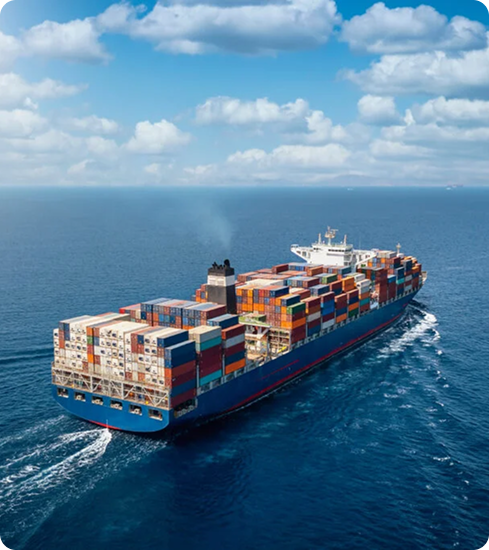Shipping line tariffs have become a growing concern for importers and exporters in 2025. Following port tariff hikes, many carriers have increased base rates and added multiple surcharges, significantly affecting international ocean freight costs.

1. Key trends in shipping line tariff adjustments
Most major carriers (Maersk, MSC, CMA CGM, ONE, HMM) have announced freight rate changes since Q1/2025. Main trends include:
2. Real-world examples
3. Why are carriers increasing rates?
Carriers cite several reasons for rate hikes:
4. How are businesses impacted?
Increased freight costs mean higher product prices and thinner margins—particularly for SMEs. Specific impacts include:
5. Tips for business adaptation
6. Conclusion
Carrier freight rates in 2025 will remain volatile due to fuel markets, environmental regulations, and global tensions. Businesses must adopt agile logistics strategies, closely monitor surcharges, and build relationships with reliable freight partners to maintain stable supply chains and competitive pricing in a challenging environment.